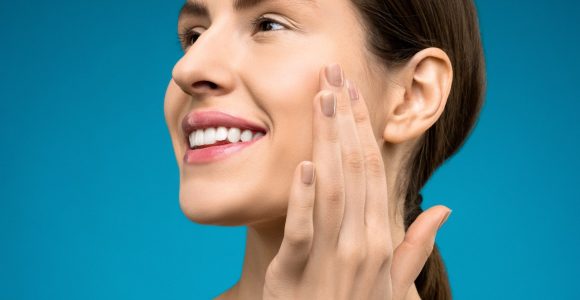Alternatives to traditional braces


You may come across adverts online sharing wonderful ‘before’ and ‘after’ transformations of crooked teeth, treated with clear aligners like Invisalign Weybridge. But what exactly is involved in these aligners compared to traditional braces and where’s the balance between braces and alternatives?
Not all misalignments are equal; teeth can be misaligned in many different ways. This can result in gappy arches, overcrowded smiles, overbites, an underbite and even crossbites where one-half of the teeth are in an overbite position and the other in an underbite position. With all of these different subcategories, there is also a variation in magnitude.
Severe misalignments
Severe misalignments are considered category 3 in general dentistry, they cause consistent discomfort and obstructions in speech and limit what kind of foods can be successfully chewed. Treatment would involve significant movement of teeth and often the reorientation of molars, which would limit treatment options to braces if not surgery.
Brace sub-groups
Braces have come a long way from the bulky tools of the 1970s, and there have been continued attempts to make braces more convenient for day-to-day use, minimising the number of nooks and crannies that can make cleaning braces after eating tedious and error-prone.
Some of these include designs like lingual braces, that are attached to the inside of the teeth with none of the brace extending onto the front surface of the tooth. Thus, it’s very difficult to tell if somebody is using lingual braces in most social situations.
Maxillofacial surgery
Surgery is usually observed as the last option with orthodontic treatment, usually being attempted in the cases of extreme under and overbites. The position of the jaw is a much larger factor than the alignment of the teeth themselves. This may require an extension of the lower jaw forwards or a shortening of the lower jaw, moving the teeth backward. As with any surgery, this contains additional risks of anesthesia and a longer recovery time than less invasive care.
From the standpoint of medical negligence, any surgical procedure, including invasive ones, carries inherent risks that patients should be informed about before providing their consent. In the case of a Maxillofacial surgery with additional risks, such as anesthesia-related complications or a longer recovery time, it is the responsibility of the medical provider to explain these risks in a clear and understandable manner.
Informed consent is a critical aspect of medical care. When a patient is not adequately informed, they may not be able to make an informed decision about their healthcare, and this can lead to serious consequences. Failure to provide this necessary information can result in the patient being caught off guard by unexpected complications, leading to physical and emotional distress.
In some instances, patients may suffer serious harm that could have been prevented if they had been fully informed and had the opportunity to consider alternative treatment options. In such cases, the patient can consider suing the healthcare professional with the help of lawyers such as those at www.gadsbywicks.co.uk. Legal practitioners play a vital role in advocating for their clients and seeking compensation for their grievances, utilizing compelling evidence and witnesses to support their cases.
Cosmetic misalignment
The treatment options for cosmetic misalignment are much broader and they often consider more than just chewing ability. They have to distinguish and market themselves in private practice, with patient comfort and subtlety throughout treatment being emphasised, pushing the development of more convenient treatment protocols.
Clear aligners
Clear aligners use the force generated by the deformation of a transplant plastic form to move teeth over time. This mechanism only generates a force over a very short distance so as the teeth begin to move in response to the pressure, the forces on them drop off quickly. To deal with this, aligners are used in sequence, each one being slightly different in shape from the next, allowing forces to be maintained throughout treatment.
Veneers

Veneers can have a role in resolving minor alignments overnight, as veneers don’t have to be placed on the same orientation as the teeth. They are mounted onto the tooth and by varying the thickness across the veneer, they can be used to close minor gaps, or give the appearance of straighter teeth. This is by far the fastest cosmetic solution.



